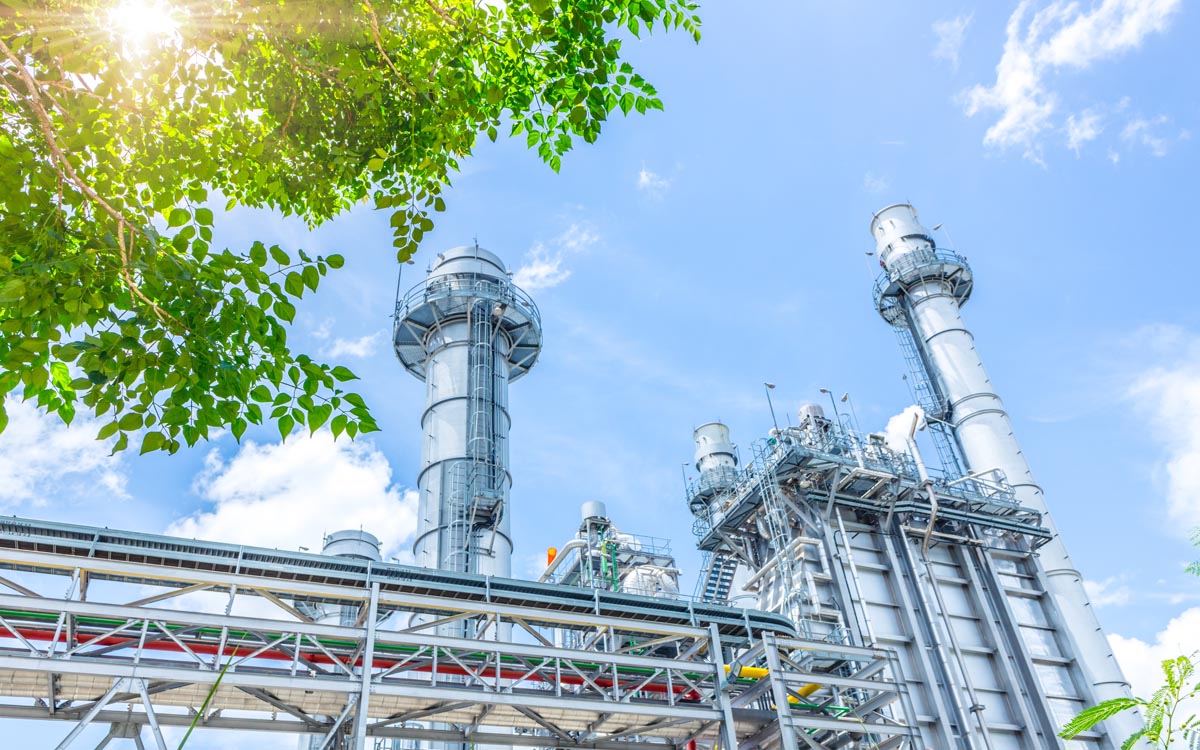Sustainable automation for manufacturing efficiency

Sustainable automation is going to become one of the essential elements of the digital transformation of different productive sectors, including the industrial sector, since manufacturing processes, in addition to being increasingly efficient, must also be sustainable.
Tabla de contenidos
ToggleExplore how to implement sustainable automation to transform your production plant towards greater efficiency and lower environmental impact.
Sustainable automation is one of the elements that are marking the evolution of production and manufacturing processes. Driven by different technologies such as robotics or the Internet of Things (IoT), companies have been incorporating different automated systems into their manufacturing processes to perform a wide range of tasks faster and more accurately. The incorporation of automation has enabled companies to reduce production times and establish more flexible and demand-driven manufacturing processes.
The importance of sustainable automation
Automated processes have been embedded for some time, but it is only now that industrial organizations are beginning to improve those processes to incorporate the sustainable automation. With this development, they intend to achieve advantages such as improved energy efficiency in manufacturingoptimization of the industrial waste management and a clean and sustainable production.
Achieving sustainable automation involves incorporating different technologies, both to improve old processes and to manage the energy consumption of the different production processes. These are some of the most important elements that companies incorporate to achieve sustainable automation.

Integration of intelligent technologies
Companies are employing different types of green technologies in industry in order to achieve a green supply chain optimizationreduce waste in order to promote circular economy in manufacturing or achieve different green certifications for companies that also contribute to improving your reputation and brand image with your customers.
Among these technologies is the Internet of Things (IoT), which allows companies to obtain a global vision of their production operations in order to identify and solve problems that may occur and, thus, reduce maintenance costs, among others. A solution such as Smart Factory by aggity provides the global vision that is so necessary to, for example, achieve green supply chain optimization.
In addition, the use of Artificial Intelligence (AI) improves product quality through its ability to identify and correct defects in real time during the manufacturing process, thereby reducing waste and costs.
Energy efficiency
In the binomial digitalization and environment, energy efficiency is one of the elements that companies want to improve the most because, in addition to making them more sustainable, it will allow the implementation of automation solutions to improve energy consumption more efficiently. For this purpose, in addition to using renewable energy sources, they use Environmental Management Systems (EMS) and various intelligent sensors that constantly monitor energy consumption and pollution levels in real time, allowing potential areas for improvement to be identified and measures to be taken to correct deficiencies.

Continuous evaluation and improvement
Corporate social responsibility (CSR) in industry is becoming increasingly important among the companies that make up the sector. Within this strategy, continuous monitoring, and specifically environmental monitoring, is an essential element, as it allows the environmental impact of automation to be regularly evaluated and practices to be adjusted to maximize efficiency and sustainability.
It is also important to train employees in new technologies and sustainable practices to ensure that they can efficiently operate and maintain sustainable automation systems.
Predictive maintenance
Predictive maintenance plays a crucial role in the implementation of sustainable automation processes as it improves operational efficiency, reduces waste of resources and improves energy efficiency.
Its great advantage as opposed to reactive maintenance, which responds to breakdowns and failures once they occur, predictive maintenance relies on the use of real-time data to predict when errors or failures may occur in production machines. In this way, problems can be solved before they arise, which leads, among other benefits, to a reduction in the costs associated with repairs.
Últimos posts

IBM Think 2024 bets on Generative Intelligence and It Automation solutions

aggity participates in the “Mobility Dialogues” meeting organized by IN-MOVE by Railgrup

aggity appoints Diego Viudes as new commercial director for the spanish business

Key developments in green innovation

Aggity signs a commercial agreement with Sener to address energy efficiency and decarbonization projects in the industrial sector.

“Sustainability, without data, is simply a pipe dream.”

Improvements in corporate data protection





